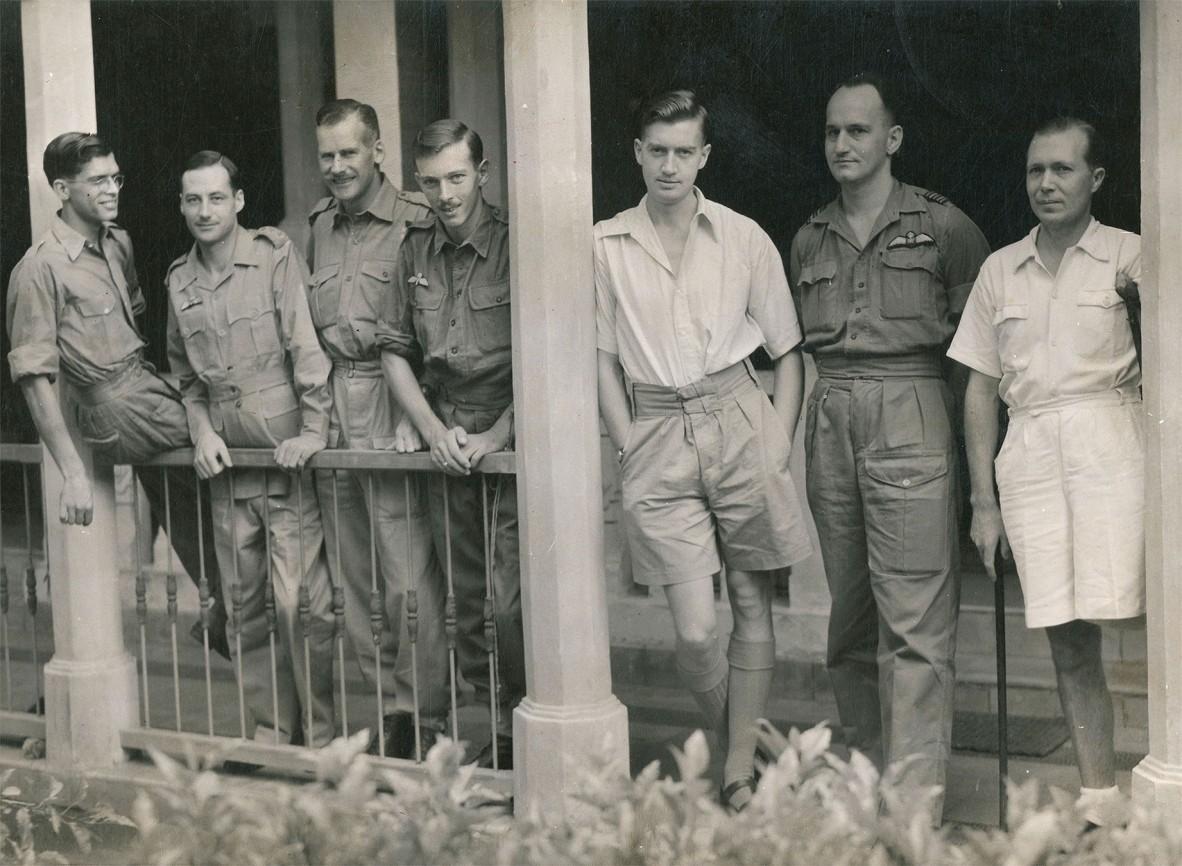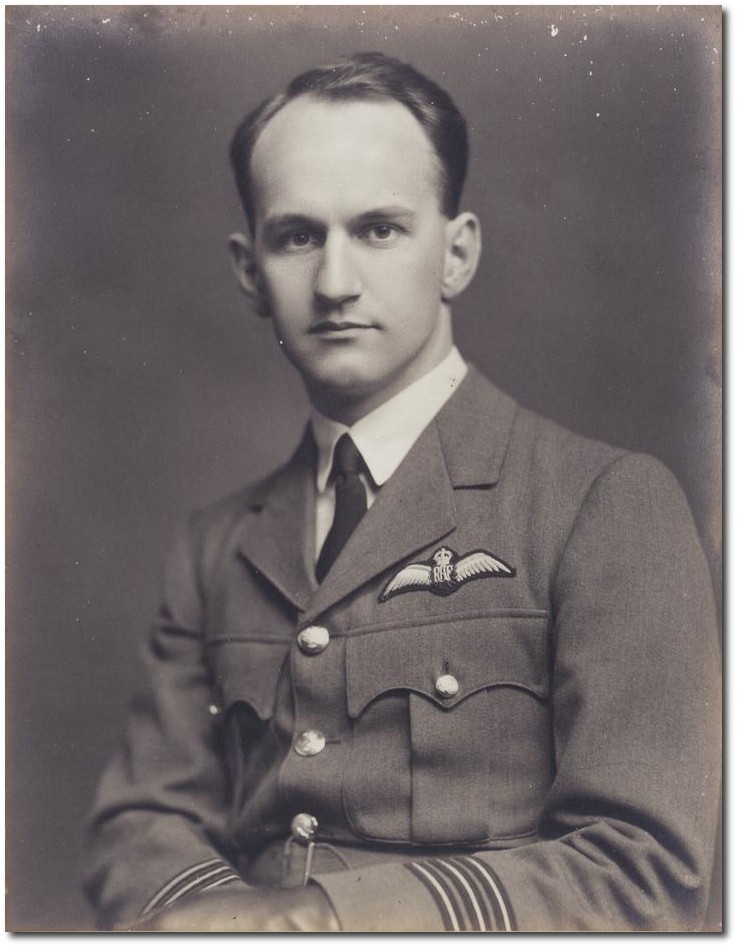
Sharing Stories of Service: Group Captain Alan Groom DSO, RAF

Alan Groom's passion for aircraft took him to the other side of the world when he was only 22. Having graduated as an air cadet at Point Cook RAAF base, Victoria, he was welcomed into the Royal Air Force, where he remained until his untimely death 22 years on.
Groom grew up in Auchenflower and was educated at Brisbane Grammar along with his two brothers, Thomas and John - Sir Thomas Reginald Groom was Mayor of Brisbane between 1955 & 1961 and Captain John Louis Groom served with the 2nd AIF in Australia and New Guinea from 1939-1945.
Groom was posted to Far Eastern Command, as Officer in Charge 153 Maintenance Unit (RAF) in 1940 initially to Singapore, followed by Kuala Lumpa, then Java. In March 1942 Groom was one of the 5,100 RAF men to become prisoners of war of the Japanese in the Far East, of which 1,700 died in captivity.

Flying Officer Roy Bulcock (RAAF) who had been a neighbour of the Grooms in Brisbane, shared accommodation with Alan Groom in the Allied POW camp at Tasikmalaya, and described him as the 'handiest man in camp' setting an example that was hard to live up to. Groom was appointed Camp Commandant at the Jogjakarta Camp, strong and capable he would have been a worthy advocate for the men under his command.
In May he was moved to Jaarmarkt Camp, Surabuya, as the Japanese progressively concentrated the Allied POWs, and Groom was again the British Camp Commandant, but on 5 August 1942 Groom disappeared, it would be three years before anyone learnt of his fate. Suspected of plotting a large-scale prison break, he and the heads of the neighboring camps were taken by the Kempeitai, (Japanese military police).
The men were imprisoned and tortured, one survivor later described Groom "as the bravest man I have ever seen ... his splendid physique enabled him to endure more than anyone else and he never gave a thing away".
After a sham trial Groom was sentence to 10 years hard labour & taken to Tjipinan Prison, outside Batavia. Later he was moved to Soekamiskin Gaol near Bandoeng, until 1944 when 300 of the so-called worst political prisoners including Groom were moved to Ambarawa.

When Groom got word that the war was over, he walked out of the prison and went to assist those waiting to be evacuated from the Internment Camp where conditions were very poor. He took charge, organizing water and food and when he was offered the use of an aircraft flew to Senen for a brief trip. Groom reappeared at Bicycle Camp, Senen where his friend Roy Bulcock was still locked up, it was then they heard of his movements for the past 3 years.
Groom didn't stay long, he had promised to return to the Internment Camp to "see them through" and he did, taking on a role with the Recovery of Allied Prisoners of War & Internees (RAPWI) taskforce.
In October fighting broke out in and around Ambarawa between British troops evacuating European internees and Indonesian Republicans, in what would be the heaviest single battle of the Indonesian National Revolution. Groom worked successfully with one of Soekarno’s officers to persuade several groups from both sides to ceasefire, after a truce had been negotiated between the British and Indonesian leaders.
Groom was repatriated to England late 1945 where he was reunited with his wife Joy and his young family and for his actions Groom was awarded the Distinguished Service Order (DSO) in 1946.
In 1949 the former Japanese governor of Ambarawa prison, Kiyonori OGAWA wrote to Groom, having been jailed for life as a War Criminal. The letter's translation into English is awkward but appears to be a request for assistance. Ogawa was repatriated to Japan the next month, but apparently not as a consequence of his correspondence.
Later promoted to Group Captain, Groom was killed in a Vampire Jet crash in the Welsh mountains, 23 August 1956.
Allan Groom and his World War Two experiences are on display at Anzac Square Memorial Galleries.
This year to commemorate Anzac Day we will be featuring stories of service of three Queensland heroes; Joseph Cecil Thompson (WWI), Alan Groom (WWII) and Lorraine Hatton (Current Indigenous Elder of the Army). We encourage you to share your stories of service with us. To learn more about this campaign and how you can contribute, as well as upcoming events, visit our website.
Additional resources...
- 28024, Alan Douglas Groom Personal Papers and Photographs
- Service Record: BULCOCK, Roy
- Of death but once / Roy Bulcock. J940.547252 BUL
- ** The RAF and the Far East War 1941-1945
Updated by Anzac Square Memorial Galleries February 2023